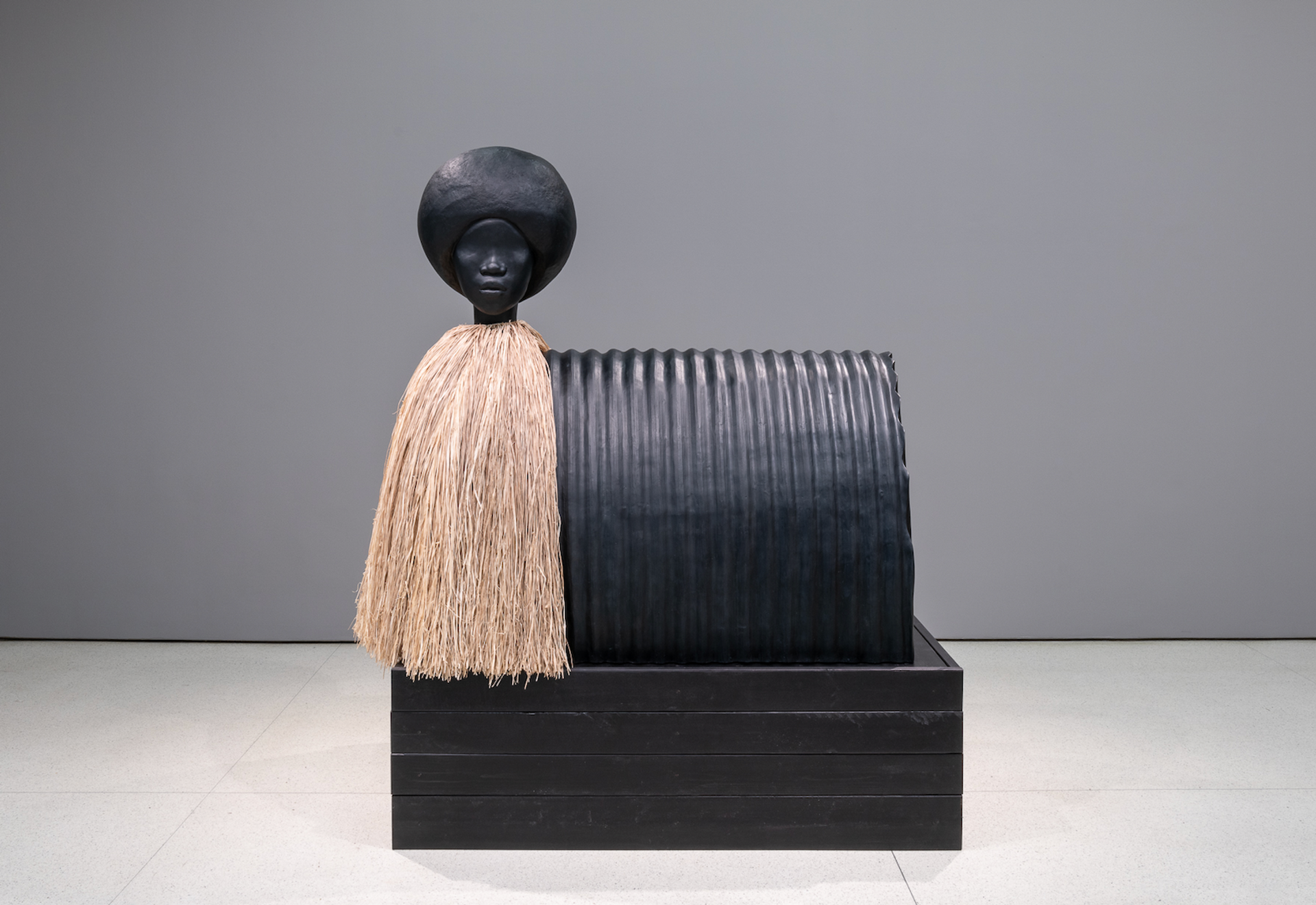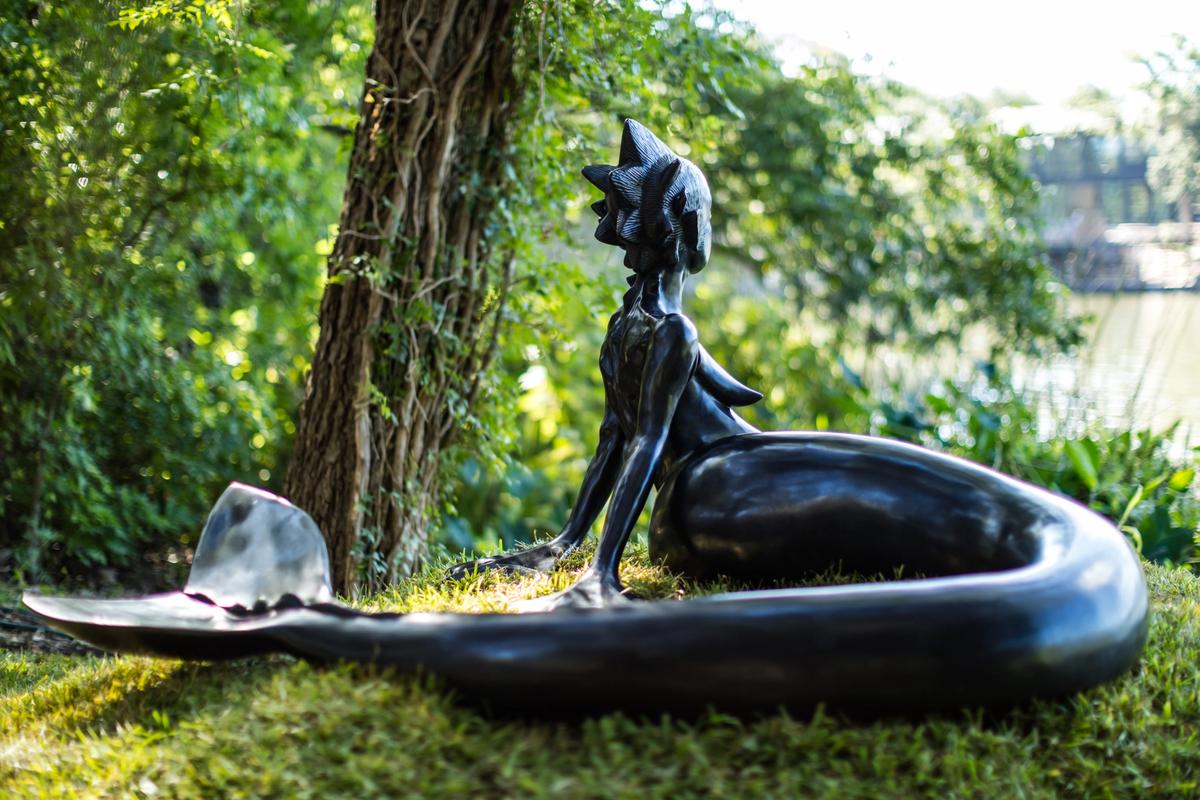Following a year-long delay due to the pandemic and further partial delays stemming from Hurricane Ida, the fifth edition of the Prospect triennial has returned to New Orleans.
The exhibition—which is spread across museums, public sites and other cultural venues throughout New Orleans—features work by 51 artists and collectives, including various well-known artists such as Mark Bradford, Wangechi Mutu and Glenn Ligon, as well as emerging artists whose work varies widely across mediums, like Naudline Pierre, EJ Hill and others. The artist list is 80% Black, with 20% of the artists local to New Orleans.
“One of our hopes in bringing these artists together was to emphasise the diverse backgrounds, generational influences and disciplines that are interwoven in New Orleans’ culture and spirit,” say the triennial’s artistic directors Diana Nawi and Naima J. Keith. “We wanted to work with artists who would accept the invitation to be ambitious in their projects and respond to the particularities of our moment, and in many cases, the city itself, and we feel successful in our draw.”
Nawi and Keith add: “Curating this project among the ever-changing circumstances of the past few years reminded us of the capacity that art holds for meaning when provoked by adversity. That reminder itself is a reward to any artist, curator or creative facing hardship. The exhibition also reflects the complexity of this era and has been challenged and enriched by shifting timelines and circumstances.”

Simone Leigh, Sentinel, 2019. Photo: David Heald. © 2019 The Solomon R. Guggenheim Foundation.
Among some unique efforts surrounding the triennial, the artist Simone Leigh—known for her graceful sculptures that often depict sleek and economically stylised Black women—will create a sculpture that will temporarily replace a towering monument to Robert E. Lee, which was removed in 2017. Author and music historian Josh Kun will be assembling a band of New Orleans musicians to recreate an 1884 New Orleans World's Fair that many consider to be the birth of jazz. And the multimedia artist Kevin Beasley’s project will involve purchasing a plot of land in the Lower Ninth Ward to explore the fraught history of Black homeownership.
“Prospect has grown up quite a bit while also taking care to retain the experimental qualities that make Prospect special. We afford artists the opportunity to make pieces they probably never would have made otherwise,” says Nick Stillman, the executive director of the triennial. “That's a huge part of our ethos.”
The city-wide exhibition opened on 23 October and will run until 23 January.


